Introduction:
As a result of being involved in the Canadian rebellions/Patriot War of 1838, 150 men were captured and convicted of high treason. They were ultimately transported to two penal colonies in Australia as political prisoners. Fifty-eight Lower Canadian Patriotes were sent to New South Wales, and ninety-two English speaking rebels were delivered to Van Diemen’s Land (now Tasmania).
This included at least 14 individuals from the North Country, captured in the Battle of the Windmill at Prescott. At Van Diemen's Land they joined thousands of common felons, who had also previously been sent to British penal colonies as punishment for their transgressions.
Administration of these prisoners became a challenge and ultimately a problem, as persons who had experience in this line of work were difficult to find and hire. Many were given these challenging responsibilities without any of the requisite qualifications. This is the story of one of those individuals, William Taylor Noyes (1)
The Story:
Did William Taylor Noyes advance because of patronage and nepotism? Probably a little of both! It didn’t hurt to have friends and colleagues in high places, or to have been a member of the clerical staff of the Private Secretary for the Lieutenant-Governor of Van Diemen’s Land, Sir George Arthur.
The “Arthur system” as it was categorized in the September 28, 1838 edition of the [Hobart Town] True Colonist, still had tremendous impact even in an administration now headed by Sir John Franklin. Its influence and connections [2] would help Noyes to obtain his position as Assistant Police Magistrate (APM) of Great Swanport and Spring Bay, located on the north-eastern coast of Van Diemen’s Land.
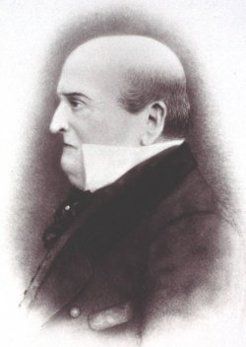
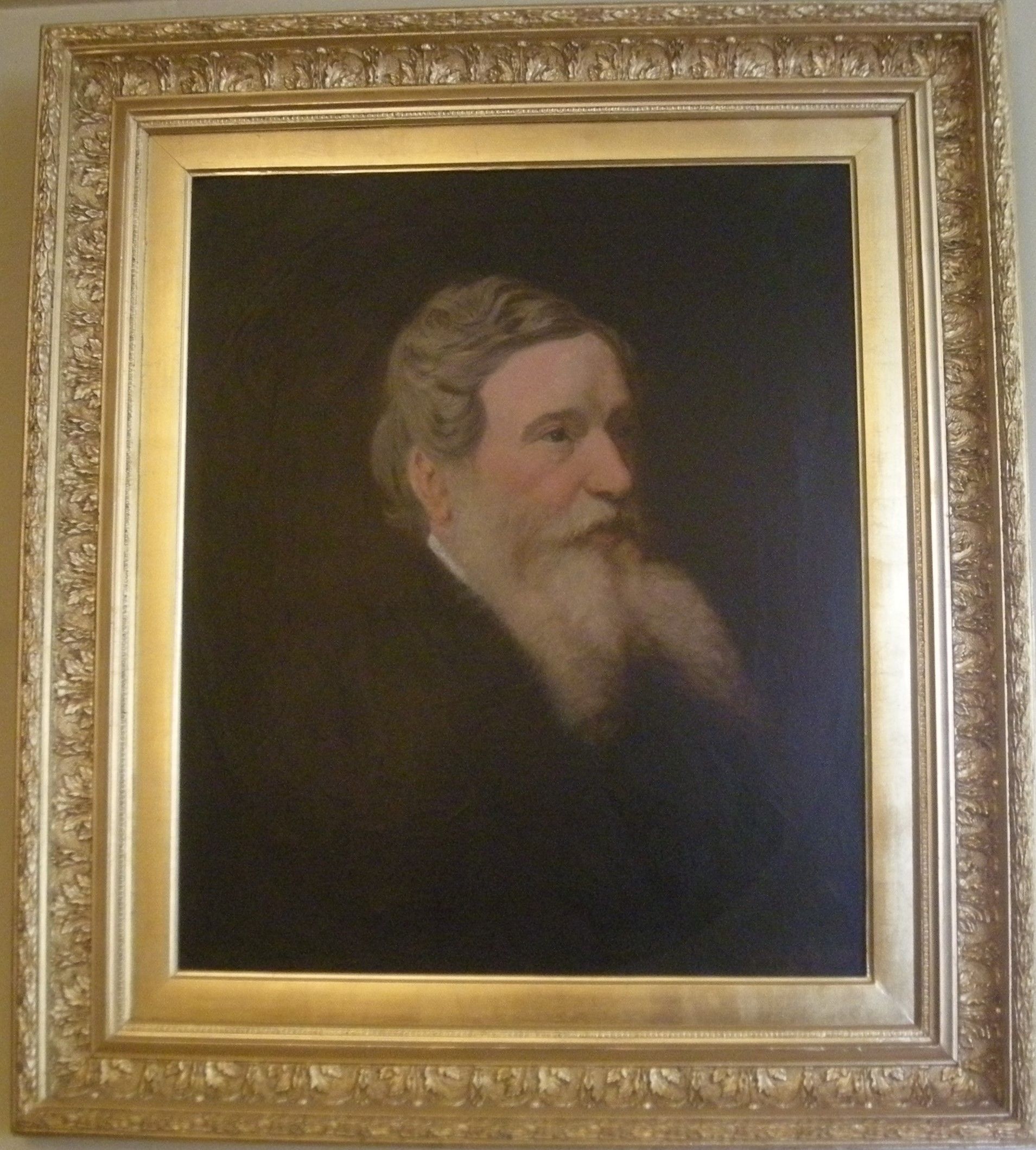
Announcements of this pending appointment were first published in the March 10, 1840 edition of the (Hobart Town) Colonial Times, and also in the Port Philip Herald of March 24. He started his new job on April 10, 1840.
Editor Henry Melville made the following rather unflattering observations about Noyes in the Colonial Times wrote that, “This young gentleman who is blessed with a somewhat cheerful and pretty looking visage, ‘came out’ as we understand, to this Colony, in the dignified capacity of a cook’s mate. Mercy defend us! And this person, after acting the part of a clerk in the Private Secretary’s office, to be thus elevated to so responsible a situation as that of Assistant Police Magistrate? After all, Mr. Noyes is a lucky fellow, cook’s mate though he may have been; but if these ‘official changes’ do not demonstrate a laxity, or at least a carelessness as to the best interests and welfare of this community, we know not what does! So, after all, the smart ‘cook’s mate’ is appointed to the responsible office of an Assistant Police Magistrate! Where is this strange system of selfish patronage to end? At Waterloo Point!”
Melville reported in the March 17 issue of the Colonial Times that his previous comments about Noyes were not spoken personally. Instead, Melville suggested that “. . . we, on the contrary, give Mr. Noyes every possible credit, for having so rapidly raised himself, as Lord Nelson used to say ‘entering in at the hawse hole, and coming out at the cabin window,’ clearly shows, that he is not without ability.”
Melville, however, continued to voice his strong concerns about process; “But we object to his present appointment on more than one public ground; one of them are the circumstances in which he came here, which, however great his ability may be, do not yet give him the necessary standing in society, for such an appointment, according to our notions of it. Our second is, we consider, that a Police Magistrate should not only be a man of property, and (if convenient) that property within the range of his appointment; but that he should also be well acquainted with its localities. Such are the men and characters, which, in our humble opinion, should be raised to the Bench and placed in official situations of such importance to the community.”
The government’s official notice of the replacement of Lieutenant George Bagot by William Taylor Noyes came from the Colonial Secretary’s Office, and was issued on June 9, 1840. In the June 19 issue of the Hobart Town Courier and also in the Cornwall Chronicle of June 20, Matthew Forster’s announcement that Noyes would become Assistant Police Magistrate at Waterloo Point was published. Noyes would also assume the roles of Justice of the Peace and Coroner for that jurisdiction.

He had become one of the “respectable” civilians who were named to carry out the duties of a Police Magistrate. He would report directly to Chief Police Magistrate (C.P.M.) Forster at Hobart Town. His job would entail compiling accurate records and registers, which were to be scrutinized by the C.P.M. In addition, he would administer general convict regulations, oversee the operation of probation stations at Rocky Hills and Maria Island, and record the behaviour of convict police, noting drunkenness, disobedience, and dereliction of duty of these officers.
Noyes would also hold regular musters for ticket of leave holders, withdraw assigned servants from masters who did not follow applicable rules, and collect agricultural and demographic statistics for the government. In the November 15, 1842 edition of the (Hobart Town) Colonial Times, it was noted that “The power vested in the single person of a Police Magistrate is frightfully extensive.”
The position of A.P.M. in a frontier community, which was a great distance from the centre of government in Hobart Town, has been furthered summarized by Tasmanian historian Stefan Petrow. He wrote that “The role of the police magistrate was an especially invidious one. As the key representative of the awesome power of the convict system and agent of central government, the magistrate was both feared and loathed. He could bear the brunt of the settler, emancipist, and convict dissatisfaction with government policy, while the careless dispensation of Police Office justice provided plenty of scope for private disputes and enmities to flare up.” (See Petrow, 2009, p. 295) Such would be the new life for A.P.M. Noyes! He began dispensing justice from the Magistrate’s Cottage in Swansea.
After 1840, no more transported convicts were shipped to New South Wales. All were sent to Van Diemen’s Land, which prompted one observer to opine that “Van Diemen’s Land alone was favoured with the refuse of all the gaols in every quarter of the globe.” Over the next four years, more than 16,000 felons were sent there, with the same correspondent concluding that Van Diemen’s Land had been converted into “one great prison.”
This influx resulted in more probation stations being built, and by 1844 the number had ballooned to 24 sites in operation throughout most parts of the colony. By 1847, there were over 30,000 convicts incarcerated there. This probationary system and the use of transportation began to be criticized both in Van Diemen’s Land and England. W., an Anglican clergy man in Hobart Town, echoed local concerns in an October 12, 1844 letter to the [London, Eng] Times. He wrote that the present system of prison discipline “. . . by congregating large numbers of convicts together in road parties without the possibility of a sufficient guard, enables them to abscond in small parties, and thus the whole country is now infested with bushrangers, and neither life nor property is secure.” He concluded that “. . . the new probation system does not work well, and the country is overrun with Bushrangers.
Lord Stanley [British Secretary of State for War & the Colonies, 1841-1845] will have the gratification of knowing that he has completely ruined the most thriving colony in the British possessions.” Conditions did not improve, and broad protests continued. Four years later, J.L.V., another period observer, labelled “the incubus of transportation” to be “pernicious.” He strenuously advocated for its immediate abolition. In addition, this author claimed that “. . . the Superintendents of the different Probation Stations grind down the spirits of marked men by filthy grovelling servitude, until a scare of injustice destroys the desire of redemption.”
These were challenges that Noyes would have to tackle in his official position. He continued to follow directions from Matthew Forster, now Controller-General of Convicts, and missives from the Colonial Office in London. All this would eventually change with the cessation of transportation to Van Diemen’s Land in 1852.
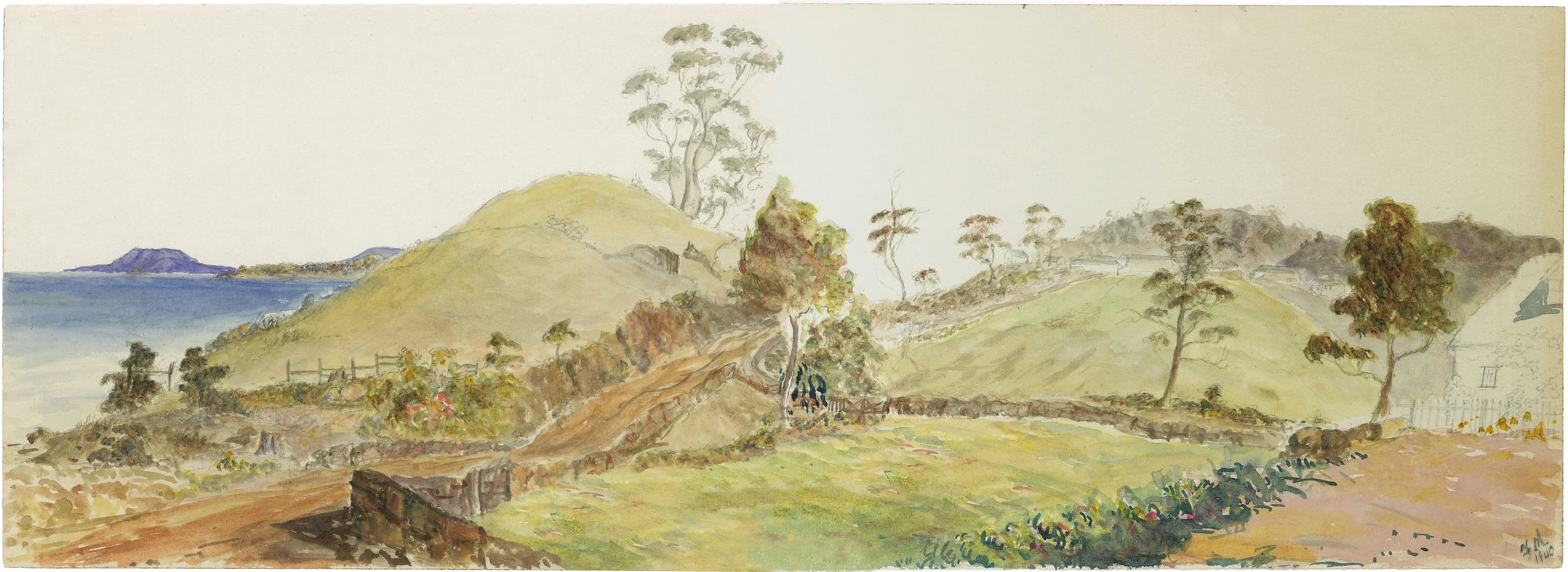
The Story Continued
In 1846, William Taylor Noyes acquired Ravensdale Estate which consisted of 1,280 acres. It was located at Little Swan Port. There he set up shop as local magistrate. James Gemmell, one of the North American political prisoners (captured at the Battle of Short Hills)[3], had been posted to the nearby Rocky Hills Probation Station.
Subsequently Gemmell worked for Noyes as a ticket of leave man. He recorded the following “Mr. Norris [sic], a police magistrate, and formerly butler to Sir George Arthur, had received a large tract of land which he was anxious to clear. I persuaded him that I could build a stump machine if I had the model from Mr. [Elijah] Woodman, of Maine, [a prisoner captured at the Battle of Windsor] who lived beyond Hobart Town; and such was his anxiety, that he [Noyes] gave me a passport to that place.” As a result, Gemmell travelled to the capital [Hobart Town], and eventually made good his escape from Van Diemen’s Land aboard an American whaling ship.
Noyes continued to carry out his official duties, and he appeared to keep a relatively low profile. On occasion his name would appear in the colony’s newspapers. In the July 2, 1841 issue of the Hobart Town Courier, Noyes was listed as one of the notables attending a memorial for the late Venerable Archdeacon Hutchins. In the November 24, 1843 edition of the Courier, he was identified as chair of a public meeting called in Great Swan Port to discuss the depressed state of agriculture in the area. His involvement in the seizure of the cutter Black Swan was widely reported in various newspapers, in February and March of 1845. These included articles in the Hobart Town Courier, the Geelong Advertiser, the Paramatta Chronicle, and the [Sydney] Star.

In hindsight, however, Noyes must have done his jobs to the liking of the editor of the [Hobart Town] Colonial Times. A June 21, 1842 editorial entitled “Home Patronage” decried the British government’s intention to fill up all colonial vacancies with nominees from England [4]. In full support of the local A.P.M., the editor argued “A marked instance of injustice and disadvantage arising from this unfair dispensation of patronage has occurred in the removal of Mr. Noyes at Swan Port, and his replacement by a gentleman from England, of the name of Lang.
From the address of the inhabitants of that district to Mr. Noyes, and his reply thereto, we gather that, during his incumbency, he afforded the inhabitants the most unqualified satisfaction: Mr. Noyes appears to have devoted all his time and most careful attention to the several duties of his office; and having done so, and become really a useful and most beneficial functionary, he is deprived of his office, or rather, we should say, he is not confirmed by the Secretary of State in his appointment – the result being precisely the same – but is superseded by the aforesaid Mr. Lang.”
It is not clear what exactly transpired in regards to this matter, but William Taylor Noyes appears to have remained as A.P.M. for Great Swan Port and Spring Bay until 1857. Then he was promoted to the position of Assistant Police Magistrate in charge of the [V.D.L.] Mersey District, beginning that job on May 1. He was later elevated to Police Magistrate there in 1858. An article in the Launceston Examiner of September 20, 1860, identified Noyes as the Police Magistrate and Deputy Commissioner of the Court of Records at Port Sorell, and Collector of Customs at Port Frederick. His obituary in the [Hobart] Mercury of June 13, 1888, noted that Noyes remained in government service until his retirement in March 1863 at the age of 54.
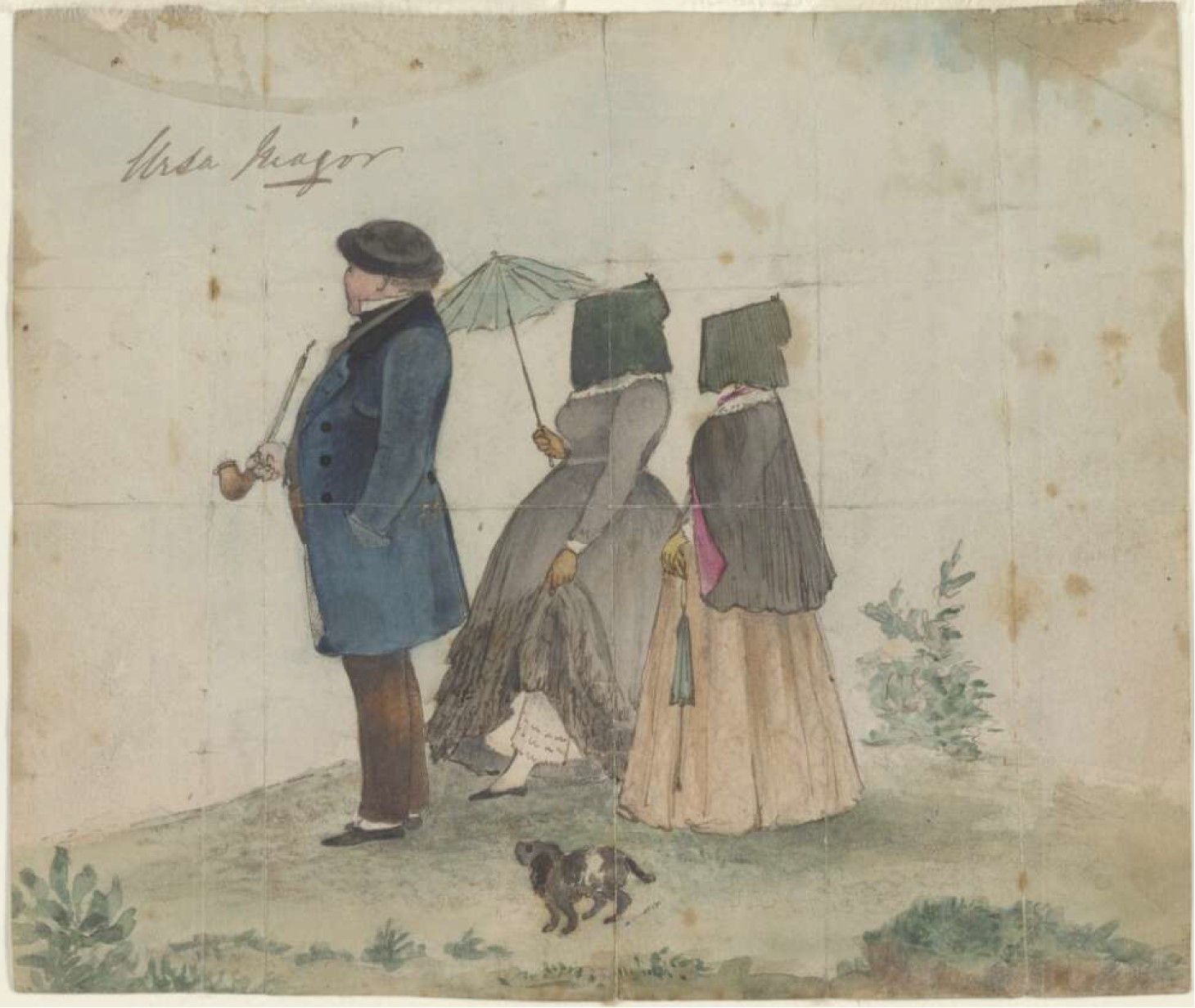
Conclusion:
On his retirement, Noyes decided to proceed immediately back to England. He settled at Newton Abbot (near to Torquay), in Devonshire. There he resided until his death on June 1, 1888, in his 79th year. In a rather glowing testimonial to William Taylor Noyes, a [Hobart] Mercury article concluded that “Although a quarter of a century has elapsed since he left Tasmania, there are many still amongst us who will remember his dignified and courteous demeanour, and the strict sense of justice which distinguished his lengthy judicial career. He was universally respected as a man of a kindly disposition and fairness in the discharge of duty.” A fitting tribute to the “cook’s mate” who made good!
I wonder if the North American political prisoners who Noyes oversaw felt in a similar way, or did they have completely different feelings about Noyes? I guess that’s a question left to posterity, for us to ponder and attempt to find an answer!
Endnotes:
(1) Noyes was born in Wiltshire, England in 1809. He arrived in Van Diemen’s Land on April 3, 1833, and was appointed as a clerk in the Colonial Secretary’s Office. He held that position until Sir George Arthur was recalled and departed for England in 1836. Arthur subsequently would be appointed as the Lieutenant-Governor of Upper Canada in November of 1837. He began his duties in Toronto on March 23, 1838. Ironically Arthur would be responsible for transporting the convicted North American state prisoners to Van Diemen’s Land, for their involvement in the 1838 Upper Canadian rebellion/Patriot War. These were some of the same men that William Taylor Noyes would ultimately oversee in the penal system of Van Diemen’s Land.
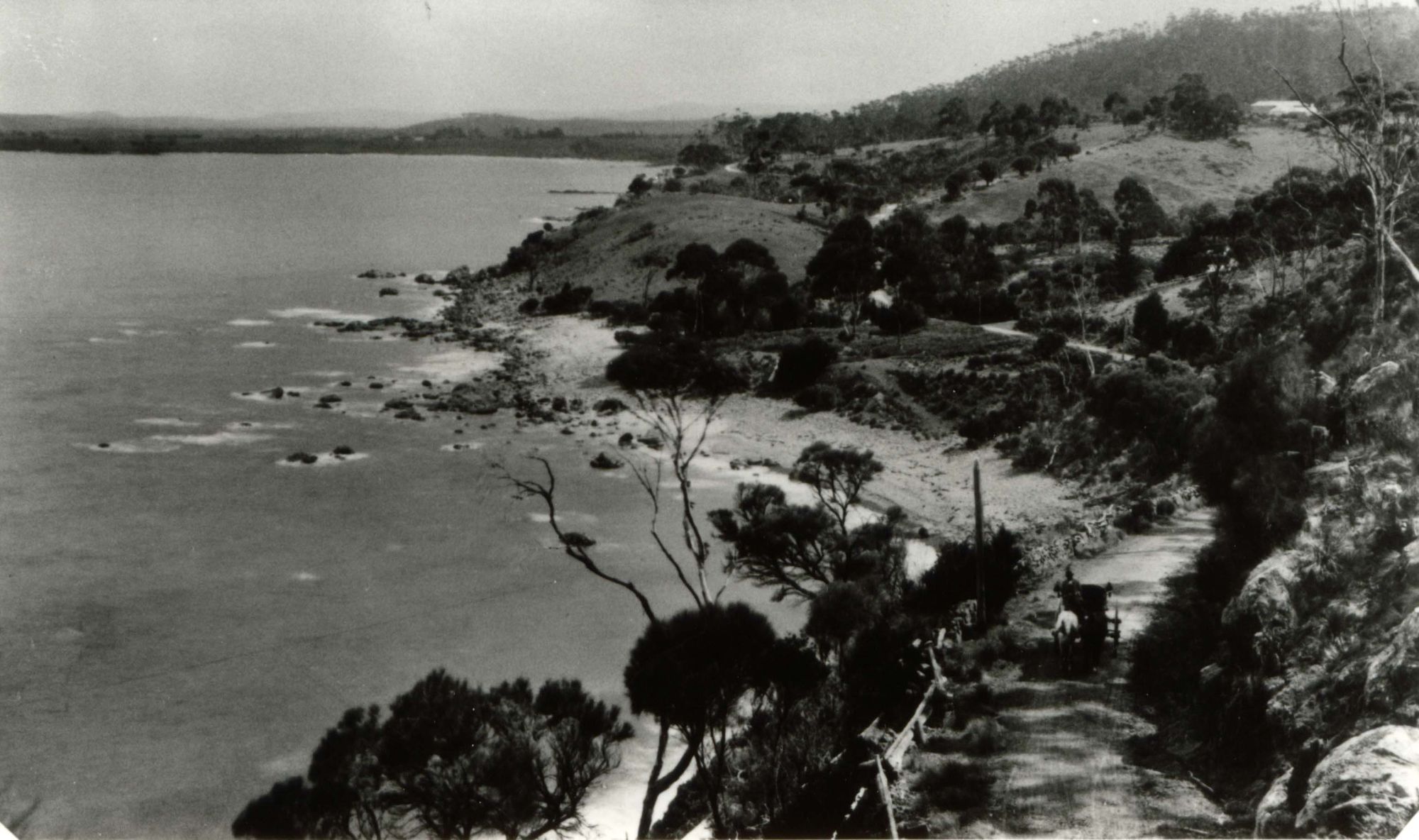
(2) The following information is an example of some of the inter-connections between families holding power in V.D.L. in the 1830s and 1840s. Lieutenant Governor Arthur’s nephew Charles Arthur was a long-time Police Magistrate at Longford. Arthur’s niece Janette Worsley married Chief Police Magistrate Matthew Forster. Matthew Forster’s youngest brother John was an A.P.M. at Prosser’s Plains and at Hamilton, and a P.M. at Norfolk Plains, and John Montagu, who was the Colonial Secretary of Van Diemen’s Land from 1834-1842, was the brother-in-law of Matthew Forster.
(3) A total of 16 state prisoners from North America were at some point located in the Glamorgan District of Van Diemen’s Land. One (William Gates) was captured at the Battle of Windsor, one (James Gemmell) was taken at the Battle of Short Hills, and the following fourteen (Aaron Dresser, Moses Dutcher, Michael Fraer, Gideon Goodrich, Garret Hicks, Foster Martin, Chauncey Mathers, Jacob Paddock, James Pierce, Asa H. Richardson, Orin W. Smith, John Swanberg, Patrick White, and Riley Whitney), were captured at the Battle of the Windmill. Eight of these men were identified in Dr. George Fordyce Story’s convict muster from Rocky Hills Probation Station, compiled and recorded in 1845-46. All these men would be directly impacted by William Taylor Noyes, during his tenure in official government positions in north-eastern Van Diemen’s Land.
(4) It was widely reported in English and other newspapers that “The Tories are determined to retain full possession of the monster patronage. They have in consequence disavowed all the Colonial Magistracy appointments, and instead to send out gentlemen to fill these situations.” For example, see “Van Dieman’s Land,” The New Zealand Gazette & Wellington Spectator (June 29, 1842).
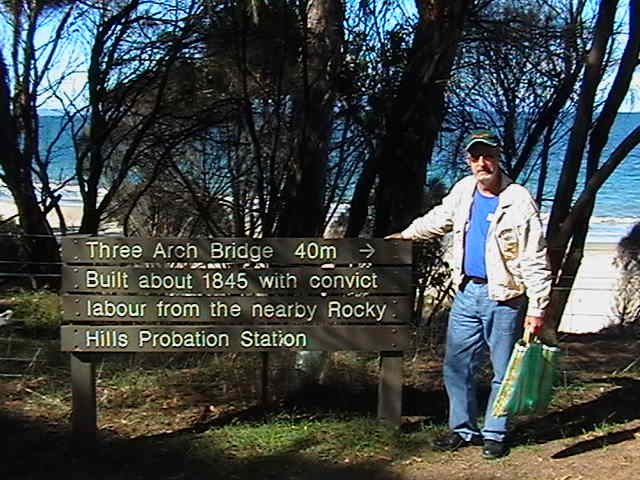
Suggested Reading:
- Alison Alexander (ed.), The Companion to Tasmanian History (Hobart: UTAS, 2005).
- John C. Carter, “The Long Odyssey of Chauncey Sheldon, a Survivor of the Patriot War: His Story,” Ontario History (Autumn, 2023), v. 115, # 2.
John C. Carter, “Patriot Chronicles: What the British Did With Their Prisoners,” Thousand Islands Life (February, 2018), v. 12, #48. - James Gemmell, “Two Years in Van Dieman’s Land,” [New York] Weekly Plebeian (July 1, 1842).
- “Great and Glorious Escape from British Tyranny!,” Launceston [V.D.L.] Examiner (January 28, 1843).
- Elizabeth Gammell Hedquist, Escape From Van Diemen’s Land: The James Gammell Chronicles (Provo, Utah: Y Mountain Press, 2013).
- J.L.V. “Colonial Affairs,” Stockport [Eng] Advertiser (July 14, 1848).
n.a. “Condition of Van Diemen’s Land,” The [Newcastle, Eng] Weekly Courant (January 23, 1846). - n.a. “Convict Discipline. Regulations of the First Stage of Probation in Van Diemen’s Land,” The [London, Eng] Morning Post (August 9, 1845).
- n.a. “Local News,” The [Exeter, Eng] Western Times (July 30, 1888).
- n.a. “Obituary: William Taylor Noyes, Esq., of Tasmania,” The [Launceston, Tas.] Daily Telegraph (June 12, 1888).
- n.a. “Some Observations on the Convict System,” The [London, Eng] Morning Post (January 18, 1844).
- Stefan Petrow, “Curbing Magisterial Power: Assistant Police Magistrate George Stephen Davies in Van Diemen’s Land, 1826 – 1847,” Legal History (2009), v. 13, #2.
- Stefan Petrow, “Policing in a Penal Colony: Governor Arthur’s Police System in Van Diemen’s Land, 1826-1836,” Law and History Review (2000), v. 18, #2.
W. “To the Editor of the Times,” [London, Eng.] The Times (October 15, 1844).
Acknowledgements:
The author would like to thank Maureen Martin Ferris, Jeremy Jamson, Dr. Stefan Petrow, Dr. Hamish Maxwell-Stewart, and John Schreiter for their assistance in preparing and writing this article.
By John C. Carter
Dr. John C. Carter is a Sauble Beach/East York, Ontario based museologist, historian and author. He has researched and published articles about the 1838 Upper Canadian Rebellion/Patriot War for over 40 years. This is the twentieth article that he has written about the 1838 Upper Canadian Rebellion/Patriot War, which frequently appeared online in Thousand Islands Life Magazine, since 2010. Dr. Carter can be contacted at drjohncarter@bell.net.
[Be sure to click here and here to see that complete list of Dr. Carter's articles on the Upper Canadian Rebellion/Patriot War and links to learn more about the history of Ontario and Northern New York.]
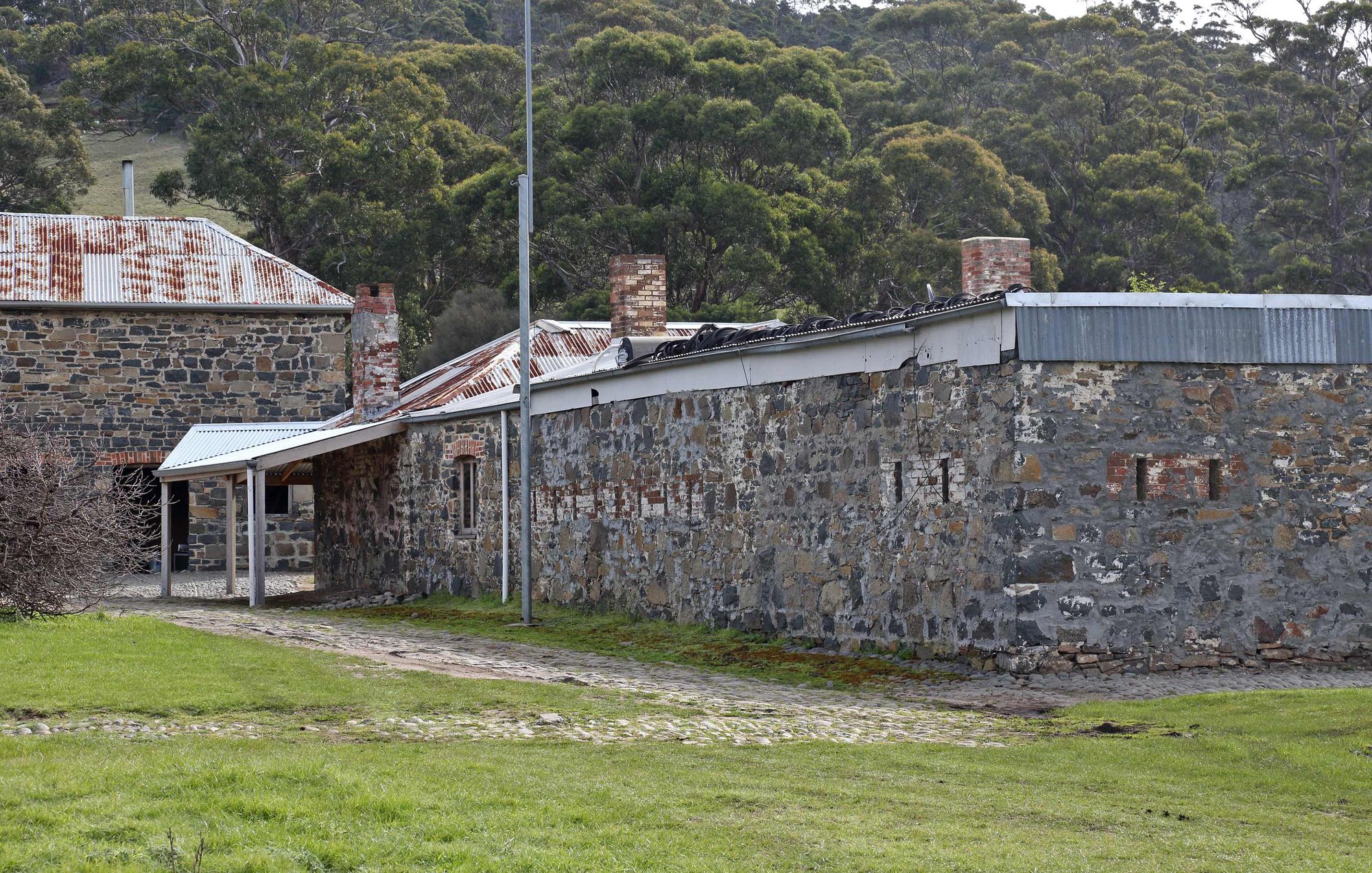
Posted in: Volume 19, Issue 1, January 2024, History, People, Places
Please click here if you are unable to post your comment.
